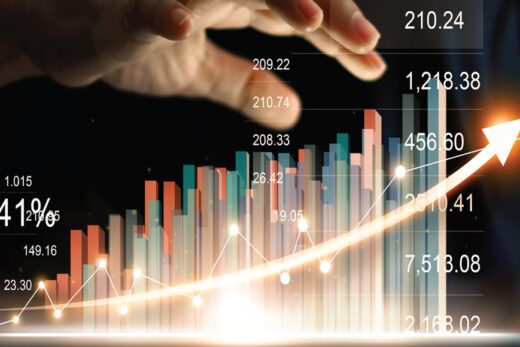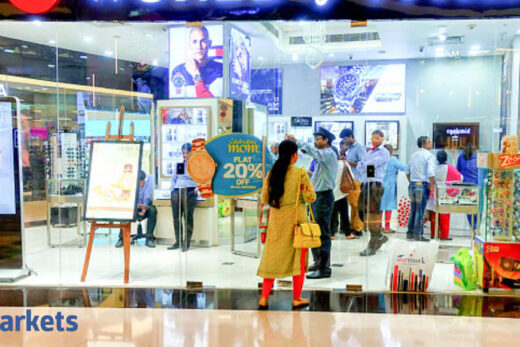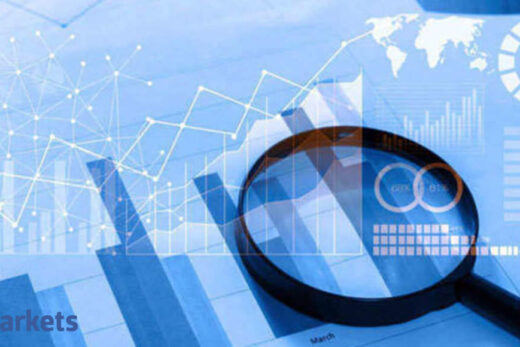As the pandemic spins out of control from India to Argentina, the divisions between emerging and developed markets are deepening.
Developing-nation stocks have lagged the rest of the world since the middle of March partly on concern that vaccine shortages and delays will slow economic growth. Investors pulled $1.3 billion out of emerging-market equity funds in the week ending April 21, the most in more than three months.
It’s one more data point that shows how this pandemic has rewritten the investing playbook. Historically, emerging markets were viewed as a way to ride a global economic expansion, but this time around, it’s the developed world that’s bouncing back the fastest.
U.S. and European stocks are near all-time highs, and JPMorgan Chase & Co warned last week that the U.S. economy will outpace emerging markets at an “unprecedented” rate in the second quarter due to slow vaccine rollouts in the developing world.
“Not only do we have a much slower vaccination program across emerging markets, but worries over debt loads, external vulnerabilities, fiscal prudence, inflation and currency stability will hamper a much stronger recovery post-pandemic,” said Mohammed Elmi, a portfolio manager at Federated Hermes in London. He recommends rotating into countries and assets that benefit from U.S. growth via trade links or exports, such as Mexico.
The MSCI Inc. gauge of developing-world shares has risen just under 5% so far this year, about half as much as the gain in a similar index of developed-market equities. Compare that to 2009, the year the global economy began to recover from the financial crisis, when emerging stocks soared 74%, almost three times more than their developed peers.
Among the factors driving the divergence lies a shortage of vaccines and their lopsided distribution that’s paving the way for a re-opening of Western economies even as major emerging-market economies struggle with new waves of infections. More than a third of Covid-19 inoculations have gone to people in the world’s 27 wealthiest countries, which account for just 11% of the global population, Bloomberg’s Vaccine Tracker shows.
Read More: Virus Surge and China Are Muddying he Bullish Asian Stock Story
The disparity is particularly extreme in India, which is home to 18% of the global population and the epicenter of one of the most deadly outbreaks. Indian equity funds suffered their biggest outflow in more than a year in the week ending April 21, according to EPFR Global data, while the rupee has slumped 3.5% in the past month.
“This is likely to weigh on market sentiment in the near term,” said Tai Hui, chief Asia market strategist at JPMorgan Asset Management, who says investing in emerging-markets outside of Asia “will require a bit more patience for the pandemic to come under control.” For now, he recommends inventors concentrate their allocation in the U.S. and China.
Some investors are looking past the latest surge in cases, betting that vaccines will proliferate in the developing world. The fact that Europe is also beginning to recover should boost exports and add to inflows from tourism.
Current market valuations “leave a lot more room for upside in EM and for disappointment in the U.S,” according to Morgan Harting, a New York-based money manager at AllianceBernstein.
The slow pace of vaccinations in the developing world is adding to an already challenging backdrop for many emerging markets, which have had to navigate higher U.S. Treasury yields even as the cost of combating the pandemic piles pressure on their own finances.
For Jon Harrison, London-based managing director for EM macro strategy at TS Lombard, the prospect of the Federal Reserve tapering its asset purchases could also lift the dollar, putting an end to a key tailwind for the asset class this year. “In the absence of a return to a softer dollar the external backdrop for emerging-market economies is set to become more challenging” he said.



